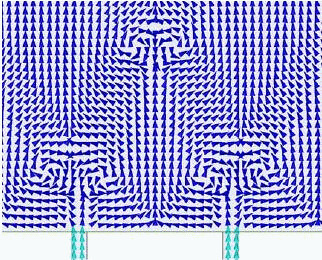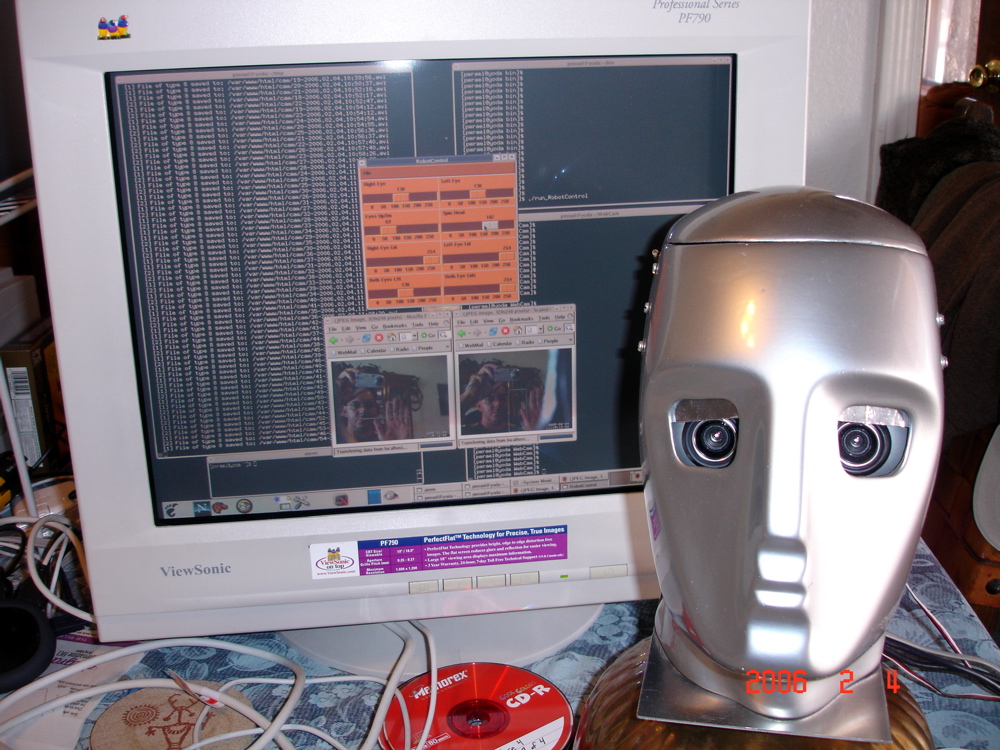
The Shenzhou VII spacecraft will blast off tomorrow with three astronauts aboard, one of whom will be the first Chinese to walk in space:
The taikonauts, as they are known in the mainland, will be equipped with space-age gadgets as well as down- to-earth pencils.
Responding to the challenge experienced by international experts in producing a writing instrument that works in no-gravity conditions, mainland scientists came up with the common lead pencil. Thicker than the earth variety, China’s space pencil has a special carbon compound.
Shenzhou VII will release a small satellite to monitor the operation of the spacecraft itself and the progress of the spacewalk. During the mission, new satellite communications technology will be tried out as well.
China is using five satellite tracking ships to monitor the mission. They’re now in place:
The final Yuanwang ship arrived at its destination on Monday, said Jian Shilong, director with the China Maritime Tracking and Control Department.
The ships will remotely track and support the Shenzhou VII space shuttle which will blast off in late September.
Four ships are on the Pacific ocean and one is on the Atlantic.
"In previous missions including the Shenzhou V and Shenzhou VI missions, only four tracking ships were deployed," Jian said. "We added one more to the Shenzhou VII mission to monitor the taikonaut’s extra-vehicular activities."
Jian said the tracking ships will monitor the entire space walk and also keep tabs on the depressurization of the orbital module when taikonauts leave and re-enter the spaceship.
The Yuanwang ships can control the shuttle’s solar panels, its orbit maneuvers and maintenance.
In all, China boasts a fleet of six Yuanwang space tracking ships which have carried out 68 expeditions and traveled more than1.4 million sea miles in the Pacific, Atlantic and Indian oceans.
The tracking ships, combined with 20 terrestrial surveying stations, constitute China’s space telemetry network.
Why the extra ship? Because the planned space walk is a big deal in Chinese popular culture — presenting an unprecedented [communications] challenge for the Chinese, who want to provide seamless, high-quality live video feeds of the outing.
A space industry source explains:
The source said China had proved to the world it could maintain long-distance communication with its lunar project, but stable broadband communication had always been a barrier for Chinese technology. The deficiency meant China was still unable to compete with the US and Russia in the civilian commercial communication satellite markets.
But in the past couple of years, China had achieved several breakthroughs in antennas that were used for rapid communication with the Earth, and the space walk "will be a window to show how much China has caught up in this highly important field", the source said.
Because the antenna was directional and must be pointed to a small target area, the source said the astronaut would probably emerge from the spacecraft while orbiting over China, to enable the Chinese people to witness the event.
And what will they do on the spacewalk? Nothing much, really:
When asked about what the astronaut will actually do outside the spacecraft Qi said he once suggested retrieving the national flag that hangs outside the spaceship. After consideration it was finally decided the astronaut would perform some test and control experiments. He added, "Whether it’s fetching the national flag or doing some experiments, the astronaut will have to do something, so that it’s not just a case of proving our ability to put someone outside the spaceship."












